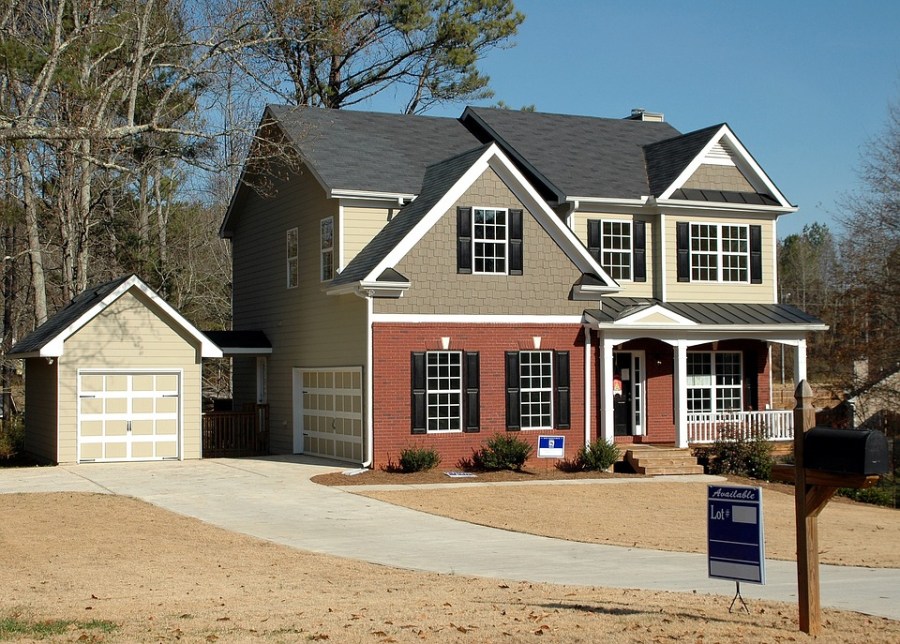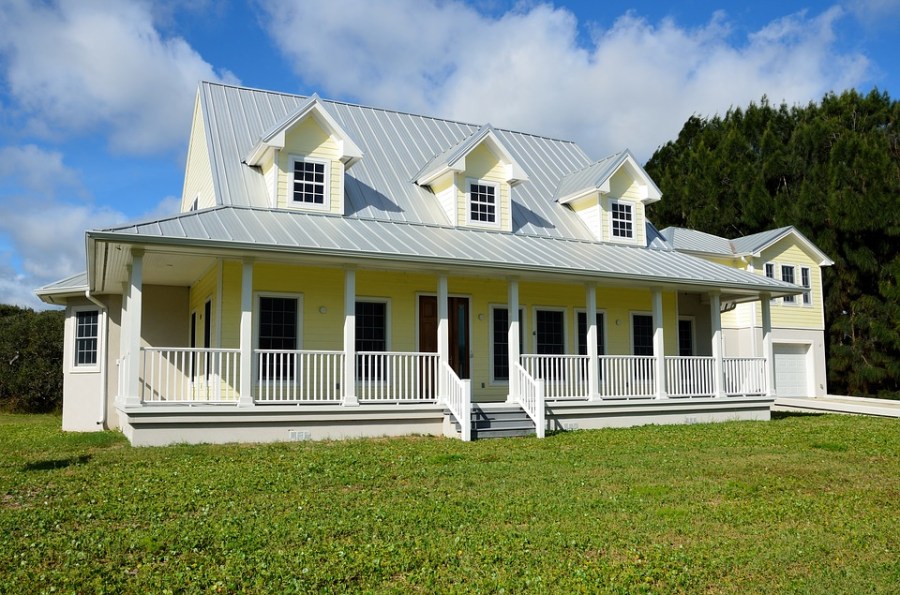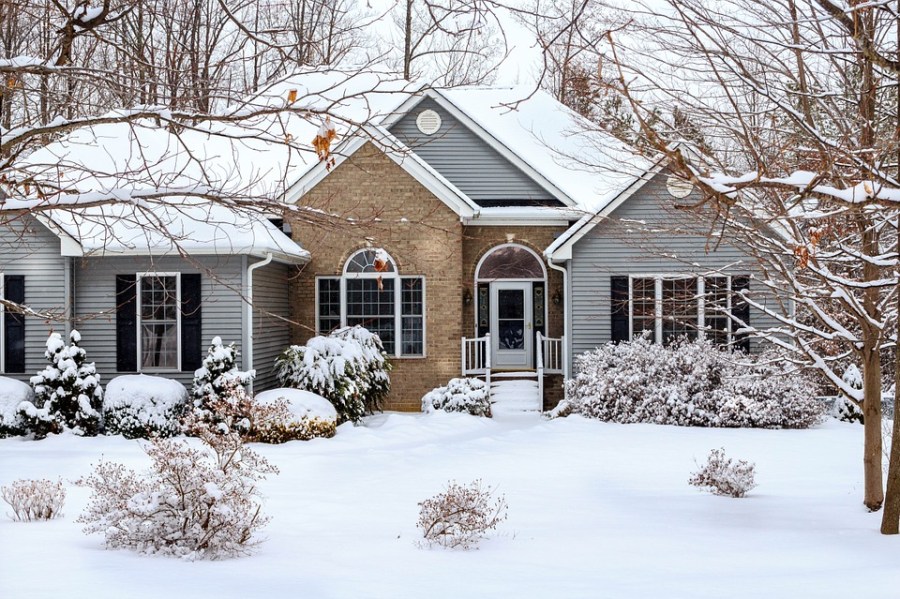It Must Be Easy on the Other Side but You Thought I Would Forget

Consider Your Weather
Siding protects your house and makes it look beautiful. Sometimes, the weather in the region where you live dictates the right kind of siding for your home. For example, if you live in an area where high winds are the norm, consider siding with shingles that don't fly off at the first breeze. If you live in a sunny climate and lack shade, some vinyl siding types may fade quicker than an engineered wood product or stone veneer on your home's sunnier sides.
Speaking of vinyl, cost is critical. Though vinyl is viable in most climates, less expensive vinyl siding may not withstand the cracking that happens after exposure to extreme heat or cold. In that case, consider insulated vinyls or higher-quality materials.
Weather does impact your choice of siding. Stucco siding is best in warm, dry regions, not snowy, moist climates. Fiber cement siding is ideal for homes by the coast because it can resist salt air and humidity. Even brick siding is durable and weather-resistant, but it's porous, so it needs a barrier.
Siding becomes more advanced every year thanks to innovations in designs, materials and technology. Today, you have more of a choice when it comes to siding materials and the various benefits they offer.

Traditional materials, such as basic vinyl, wood, brick, fiber cement, stucco and stone, may cost less than newer materials. You can also find many manufactured composites and synthetic materials on the market, such as synthetic stucco and engineered stone. Another option is advanced wood siding that's manufactured in such a way that it doesn't attract insects or develop rot. That might be just what you're looking for if you're opting to side a cabin in the woods.
Vinyl siding, however, appears to remain the most popular material for builders and homeowners, according to Professional Builder Magazine. Vinyl remains top on the list for its durability. Right on the heels of vinyl siding are brick, stucco and fiber cement, which are all popular for their durability.
Pick a Color Scheme
Once you've decided on your preferred material, next comes choosing a color. A good way to go about this is to drive around various neighborhoods and take photos of houses similar to yours that you find attractive.
Take into consideration the siding material when comparing other houses to yours. You may love the look of a pale yellow, horizontal clapboard-style siding that's smooth and even. However, the same color on shingle-style siding can create many vertical shadows that you may not find appealing. The same color might take on a different appearance on various siding materials. When looking at other homes, also take note of their trim and shutter colors.
Once you've narrowed down colors, ask your siding supplier or contractor for a couple of siding samples. You need some samples to decide on trim color. The architecture and style of your home may provide the color palette. Colonial homes, for example, look great with traditional siding, such as white clapboard with subtle black-and-white trim. Take into consideration your roof color too.
Keep It Looking Good
One key to choosing the right siding for your home is to make sure you can maintain it over the years. Wood, stucco, some composites and some brick sidings need painting, which means higher labor costs over time. High-quality vinyls need cleaning, but not paint.

Besides painting, other maintenance issues may impact your decision of what siding to choose. Though brick siding is sturdy and won't fade easily if it's unpainted, it may need repointing. You might need to replace worn out mortar to keep the siding in shape. Wood siding needs repainting every decade or so. Wood shingles may need periodic replacement, so if you opt for this material, keep a spare box of unpainted shingles of the same style available.
The lowest maintenance material is vinyl siding. It's easy to install and can last longer than most other materials. The most maintenance vinyl siding may need is a good cleaning with a power washer. Though vinyl doesn't rot or warp like wood, it can become dented, cracked or punctured by overgrown landscaping.
Source: https://www.smarter.com/article/choosing-right-siding-for-your-home?utm_content=params%3Ao%3D740011%26ad%3DdirN%26qo%3DserpIndex&ueid=a7baf5ec-6ce5-445d-a106-b15317954ef3
0 Response to "It Must Be Easy on the Other Side but You Thought I Would Forget"
Post a Comment